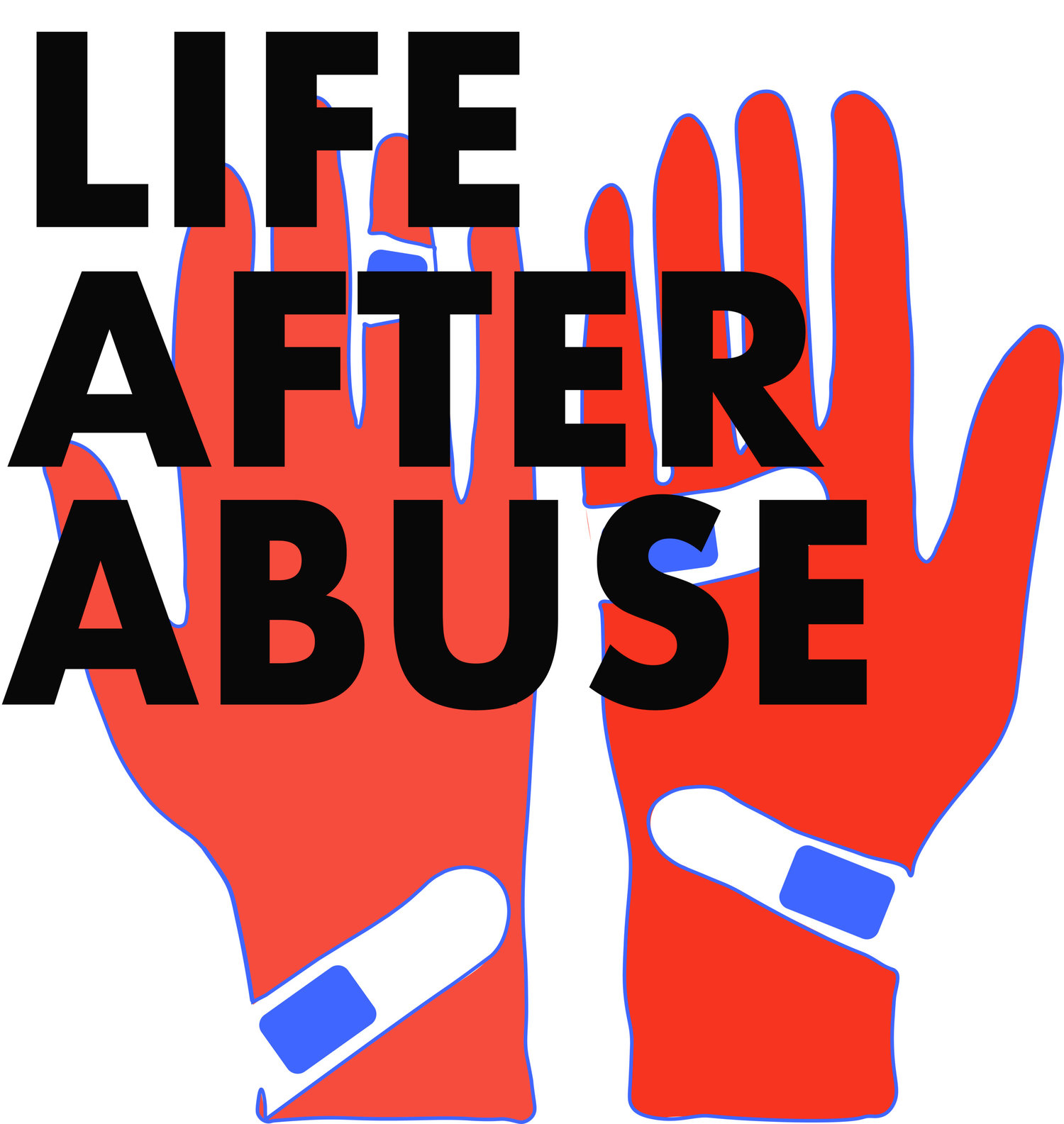The Campus Sexual Assault Crisis
We’re in the middle of summer and now is the perfect time to think about how to help our children get through the school year safely.
In this post, I’m going to focus on findings from a Columbia University/Barnard cohort (group of students) that was surveyed in 2016 as part of the SHIFT or Sexual Health Initiative to Foster Transformation (SHIFT) study. The study is very well conducted and the analysis is solid. You will link to the paper in the reference section.
Let’s keep in mind that Columbia and Barnard are viewed as the two of the top universities in the country. I think this is important to mention because I still think there is a pervasive attitude that that “bad things” happen to certain types of people—usually defined with all sorts of biases in mind. Colleges populated with students with exceptional SAT scores and high GPAs aren’t immune to the same social phenomena that we see in every other setting. There is a range of people and behaviors that exist in every segment of society. Great to Awful.
I applaud Columbia and Barnard for looking deeply into this problem. They did so with the goal of setting prevention strategies and ensuring a safe learning environment for their students. They also wanted to make sure that they had support services that met the needs of their students. Support/treatment and prevention must occur together.
What did they find?
In general, this study corroborates findings in other studies.
22.0% of all students reported a sexual assault (any unwanted sexual activity from touching to penetration) since starting college. That means over 1 in 5 students had some form of non-consensual sexual activity ranging from unwanted touching to penetration/rape. To put this in perspective, if a disease affects 1 in 5 Americans, it’s fair to call that a national health crisis.
Women had much higher rates of experiencing any type of sexual assault compared to men (28.0% vs 12.0%).
There was a cumulative risk for sexual assault experiences over four years of college with over 1 in 3 women experiencing an assault by senior year.
Freshman year women are most likely to experience an assault.
At this point you should be very angry and trying to figure out how we can stem this problem. One of my concerns is that if 1 in 3 young women on campus is being sexually assaulted, they start to think that this is NORMAL. If they don’t see the adults in their lives trying to do something about it, I think it confirms that our young women are worthless and expendable and that we are willing to tolerate an unacceptable lack of boundaries by, and personal responsibility of young men.
Delving deeper identifies some important aspects of sexual assault:
Non-consensual sexualized touching accounted for the highest percentage of acts across gender groups accounting for about 1 in 3 assaults
Attempted penetrative and penetrative assault comprised about 14%-15% of sexual assaults
For women, physical force, particularly for penetrative sex was common employed
Verbal coercion, including criticism, lying and threats to end the relationship or spread rumors, was also employed at rates similar to physical force for women and is a strong driver of assault
In a future blog, I’ll write more about coercion. Predators and Abusers understand the psychology of young women. The FBI includes coercion as part of its definition of rape. Browbeating, humiliating, threatening a young woman into having sex is not a ‘YES’. We need to make sure that everyone understands that. I agree with the authors who strongly support the role of assertiveness training of young women as a prevention strategy.
Quick word on re-victimization. This study found that pre-college sexual assault was a key predictor for experiencing assault, including multiple assaults. They concluded that the “data underline the importance of prevention efforts that include care for survivors ,to reduce the enhanced vulnerability that has been shown in other populations of assault survivors”. Absolutely agree.
Victims are vulnerable until they get the help they need to address the assault.
What Can You Do?
First: Memorize just ONE talking point on campus sexual violence. Pick the one that moves you the most.
Next: Put that point up on your social media and include students in your reach. Start the conversation by getting this information to any middle, high school or college student that you know. This can be a simple text or a longer conversation.
Finally: Be a non-judgmental support system. Tell every student you know that you are always going to be there to support them regardless of the circumstances.



